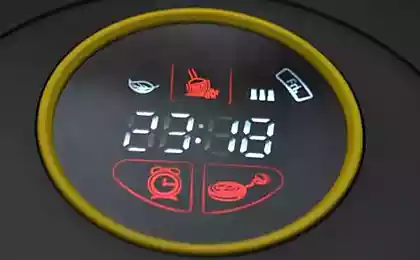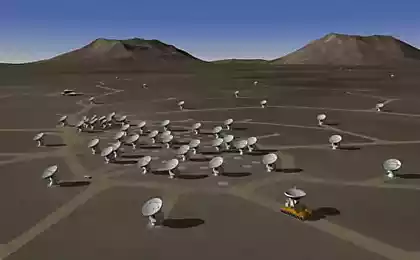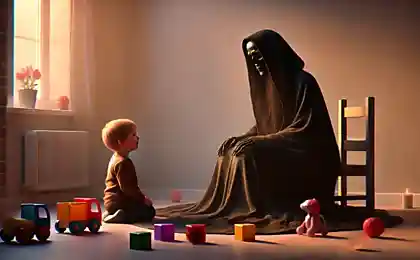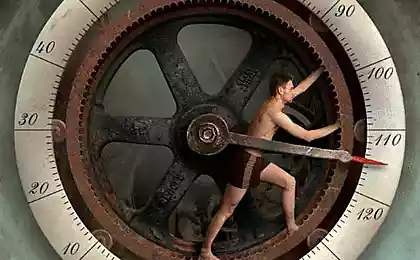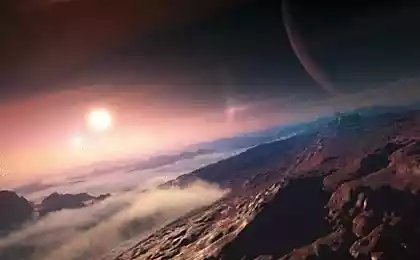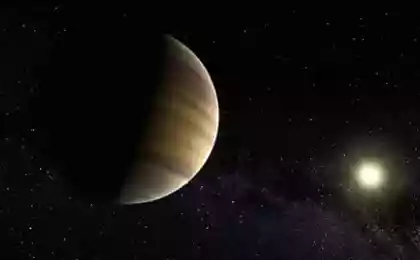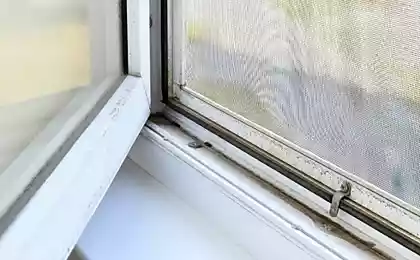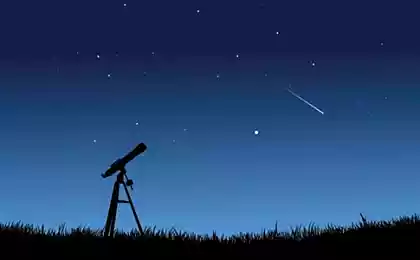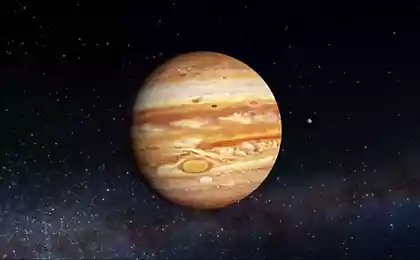1332
Dust to dust: a natural death distant exoplanets
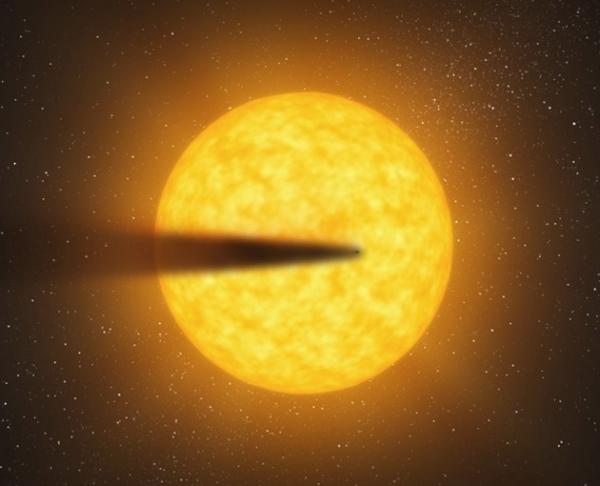
This exoplanet is a pretty small world with one of the shortest of the planetary orbits, turning around its star in just 15 hours. And, as scientists assume - it breaks down into dust.
In a new article in the Astrophysical Journal, astrophysicist Saul Reppeport, professor emeritus at the Massachusetts Institute of Technology, and his colleagues report unusual pattern of light emission obtained in the study of KIC 12557548. Its light decreases with varying intensity every 15 hours.
Previously, scientists believed that this could be due to the dual system of planets: two planets orbiting each other, and simultaneously rotate around the star - just as the Moon orbits the Earth, which, in turn, revolves around our sun. But there is a generally accepted fact that the short 15-hour orbit simply did not provide enough time for such a rotation of the two orbital planetary bodies.
Thus, the team came up with a truly new hypothesis: maybe this periodic variable intensity in the starlight may be due to the orbital facility with highly elongated body shape. And the most obvious explanation for such a space object would be a planet with a stream of dust and debris following it, like the tail of a comet.
To test this hypothesis, the team built a model of the planet and the star system, including its long dusty tail. The model showed that the dust has to be the densest planet's environment and gradually reduced, since it would be dissipated into space. They also created a computer simulation of changes in the brightness of the star, as did their exemplary planet passing in front of its star. These simulations have fully confirmed their theory.
They found that a tiny planet size with about Mercury, and given the rate at which it loses weight of dust will lead to the complete destruction of exoplanets, approximately 100 million years. This is - a lot of time compared to the average human life span, but it is - for the moment space.
16 year-old Indian boy decided 350 years unsolvable problem in mathematics
New strategies for the study of the planets of the solar system
